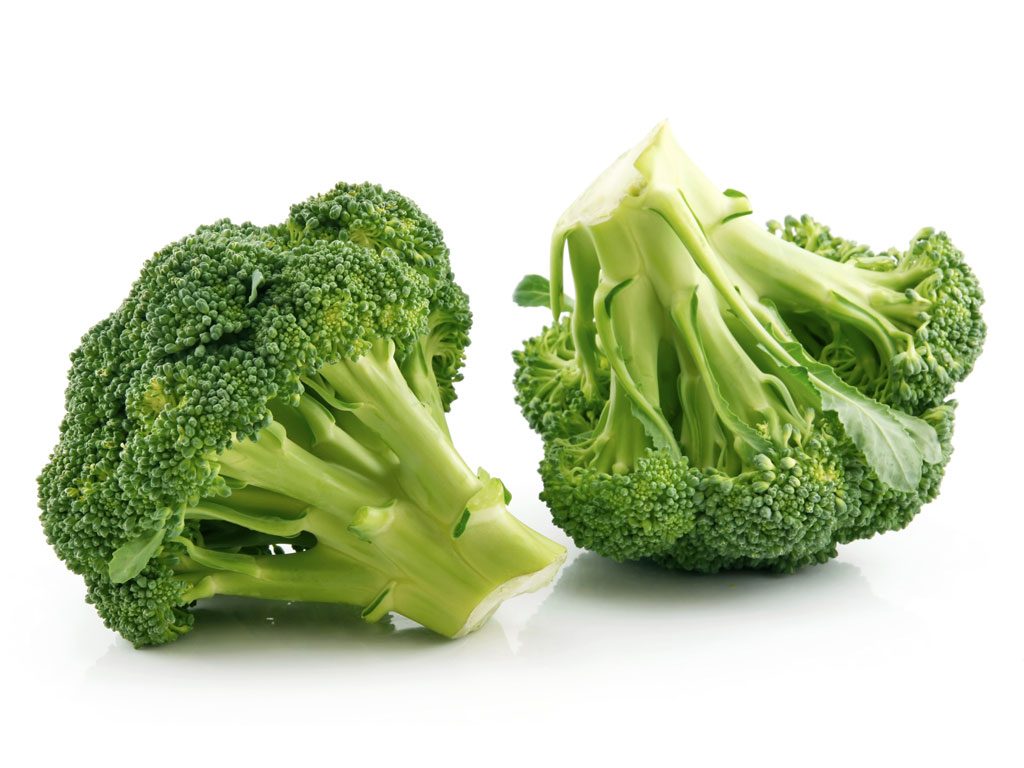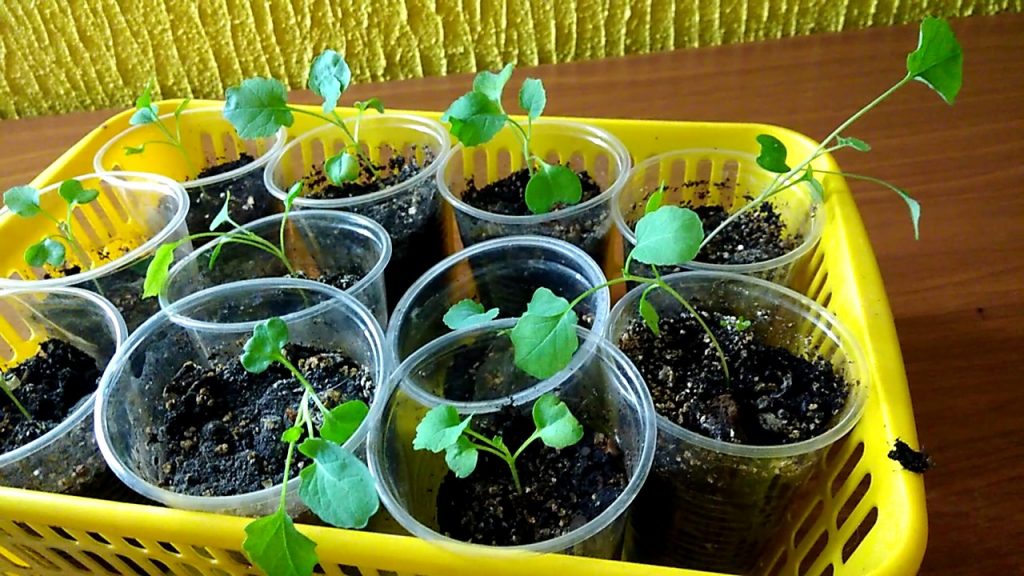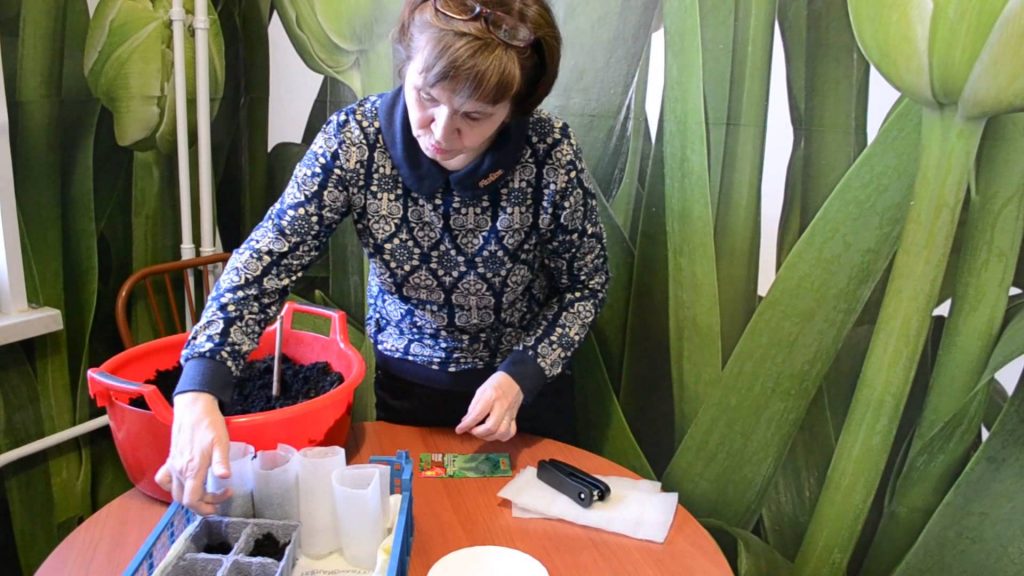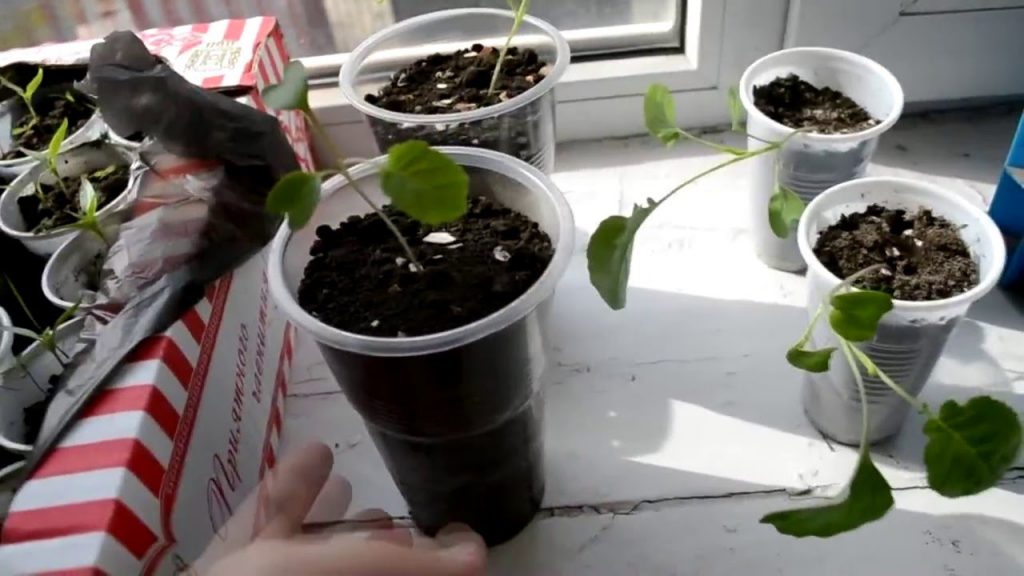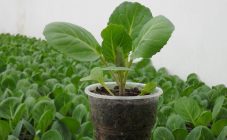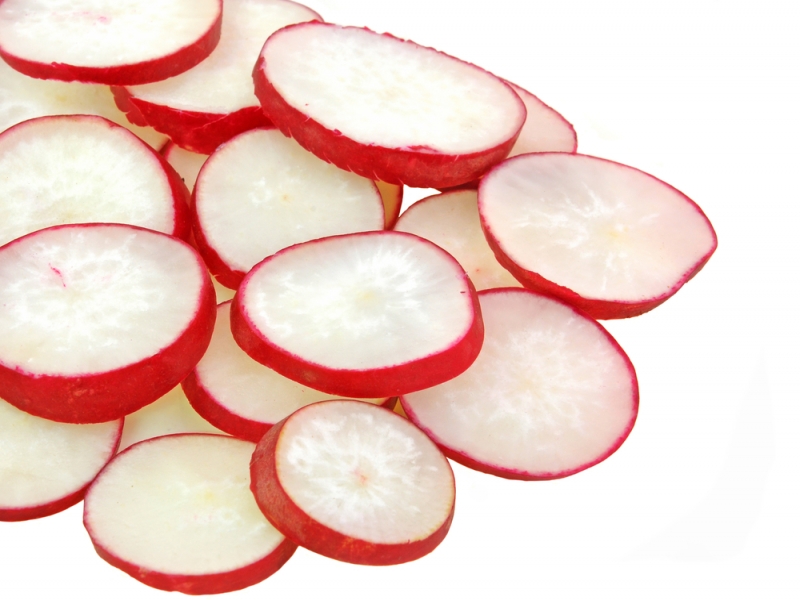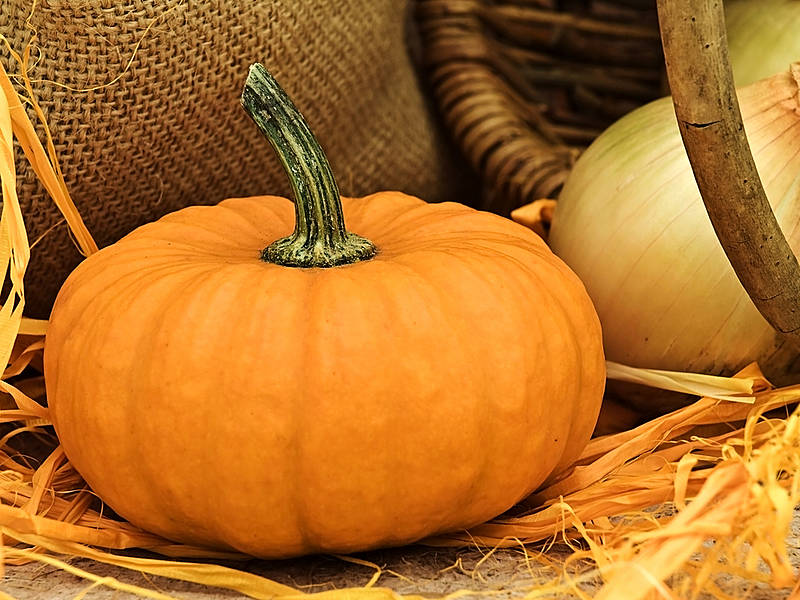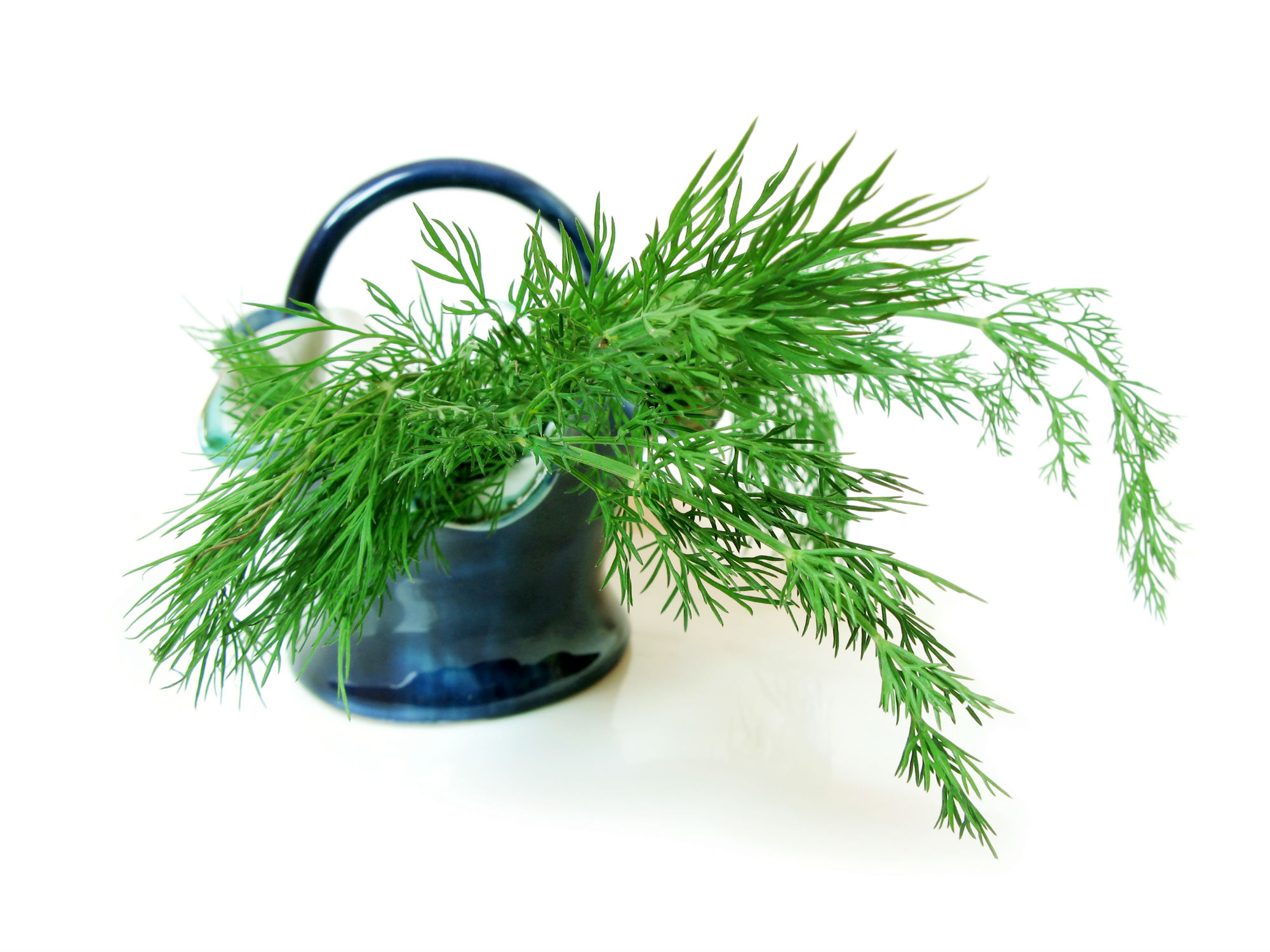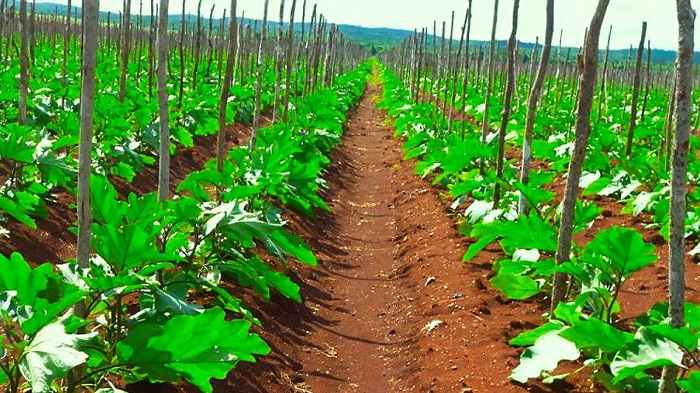Content:
Asparagus cabbage, or broccoli, was highly appreciated by summer residents and gardeners for its unpretentiousness and useful properties, as well as for the fact that if the bushes are not removed from the garden after the heads are cut, new fruits continue to grow and ripen on them. True, they are not so large and do not grow so abundantly, but still. To reap high yields, you need to know how to plant broccoli outdoors. Do this by seeds or seedlings.
Seed planting
For planting broccoli with a seedless method, spring, late April is suitable. You can sow cabbage seeds directly into the beds in early April, but under cover of spunbond, film. The hatched cabbage seeds are planted in the open ground. They are germinated on a well-moistened paper towel, and plastic wrap is used for insulation.
Planting seeds of late-ripening crop varieties immediately on the beds is unjustified, since in regions with cool and short summers, cabbage may not have time to grow. And with the seedless method, the crop has to be removed later than when growing seedlings.
Growing seedlings
Among gardeners, the method of planting asparagus cabbage has taken root, which is more laborious, but allows faster harvesting - seedling.
Planting seeds for seedlings
Before broccoli seedlings are planted in open ground, they are grown in warm conditions, at home or in a greenhouse, placing boxes of sown seeds in a well-lit place. It can be a window sill, a space of an insulated balcony or loggia.
The term for planting seeds for seedlings is from the first half of March to mid-June. The seeding scheme with an interval of 2 weeks has proven itself. The planting material grown by the conveyor method allows you to have healthy asparagus on the table all summer long.
To increase germination and enhance immunity to external conditions, seeds before planting:
- fill with water (50 ° C). To disinfect the seed, several crystals of potassium permanganate can be dissolved in it;
- keep in heated water for 15-20 minutes, then drain, and pour cold water into the container. The seeds are left in it for 1 minute;
- after hardening with heated and cold water, they are treated with a special biological product - a growth stimulator with fungicides. The seeds are left in a solution prepared on the basis of the drug, starting from half a day (the time required for processing is indicated by the manufacturer in the instructions);
- the solution is drained, and the wet seeds are placed in the refrigerator for a day;
- so that during planting they are well separated from each other, they are dried.
Seedling soil
For normal growth, broccoli must be planted in loose soil with drainage. Also, to feed the plant and reduce acidity, wood ash is added, mixing 1-1.5 tbsp per 1 bucket of earth. ash.
Sowing
Seeds are sown in a low (about 25 cm) box. The container is filled with neutral or slightly alkaline soil. Before planting, the soil is disinfected by spilling with a weak solution of potassium permanganate. Drainage material is placed at the bottom of the box. Sow in grooves up to 1.5 cm deep in well-moistened soil.The seeds are dropped and buried, slightly compacting the soil. It is recommended to leave a distance of about 3 cm between the seeds in the groove, and keep the adjacent grooves at a distance of 5 cm from each other.
Until the seeds germinate, the room temperature is maintained at about 20 ° C. When shoots appear, it is reduced to 8-10 ° C, and in such conditions, seedlings are grown for the first 7 days. Then the daytime temperature is maintained within 15-20 ° C, 9ºC at night.
Developing plants do not need special care. They need to be provided with light, and there is enough of it in a bright room, and moisture, but without waterlogging.
Picking
Two-week-old seedlings dive, transplanting into separate containers - cups, containers, pots.
After picking, the cabbage is protected from direct sunlight for several days, and the room temperature is kept at about 21ºC. The established seedlings are fed with fertilizers rich in boron and molybdenum. The daytime temperature is lowered to 17ºC, the nighttime temperature is kept around 9ºC.
Seedlings are subjected to hardening procedures 14 days before transplanting into open ground. And the time to plant broccoli in the ground comes when the seedlings are 30-45 days old, and 4-5 full-fledged leaves have appeared on young plants. This is usually mid-May.
Planting seedlings in open ground
For broccoli, when the seedlings are planted in open ground, choose a slightly shaded area, without direct sunlight. Fertile, non-acidified soil is suitable for cabbage (the introduction of chalk, eggshell powder will help to normalize the acidity). If the acidity level is insufficient, the soil pH is increased by adding lime. Planting a crop should not be done on an area where carrots or tomatoes, potatoes, legumes, onions, and pumpkin grew before.
Planting broccoli in the ground is done in deep and well-watered recesses - holes 30 cm deep. In them, if the soil has not been fertilized in autumn, throw 1 handful of compost and ash. The seedling is taken out of the container carefully together with a lump of earth so as not to injure the root system. The plant is placed in the hole, guiding the roots so that the stem is in the ground to the lower leaves. Sprinkle seedlings with earth and watered abundantly.
The soil under the cabbage is mulched with fine straw, dry grass, wood chips. This way it is possible to inhibit the growth of weeds and retain moisture in the soil. When planting broccoli in open ground, follow the scheme: the distance between adjacent holes in one row should be 30-40 cm, and between the adjacent rows - up to 60 cm and more.
In case of expected frosts (at temperatures below −2ºC, the seedlings may die), the planted plants are covered with a film, which should not be opened until the weather is comfortable.
What should be the care for broccoli after planting in the ground and what to feed
Seedlings of asparagus cabbage after planting in open ground for up to 10 days are covered with spruce branches, an improvised material, shading from the scorching sunlight. Proper care ensures good yields, and cabbage must be cared for throughout its growth:
- Water abundantly so that the soil is moistened by more than 15 cm. Broccoli is usually watered once a week. In a hot and dry summer, you need to irrigate often - every day, choosing for irrigation in the morning or evening hours, when it is not so hot;
- are fed. Top dressing is made organic using mullein, chicken manure.Every 2 weeks, it is recommended to apply at the root a mineral fertilizer prepared from dissolved in 10 liters of water: superphosphate - 40 g, ammonium nitrate - 20 g, potassium sulfate - 10 g.
- weed to prevent weeds from overgrowing;
- spud 20 days after planting, and then another 10;
- loosen to prevent the formation of a dense crust of earth under the bush. The soil is loosened a day after any moisture: watering, top dressing. Loosening is done at a depth of 8 cm.
Diseases and pests
Like any cabbage, broccoli has a lot of pests. These are aphids, from which cabbage leaves curl and get sick, cabbage fly, whose larvae eat cabbage stems and roots, cruciferous flea with gluttonous larvae, feeding on slug and snail leaves. Bushes also suffer from pathogens, infection with which leads to a change in the color of the foliage, decay, and underdeveloped inflorescences.
Broccoli is sprayed with vegetable and chemical insecticides. Solanaceous crops planted in neighboring beds are used as protection against infection: potatoes, eggplants, tomatoes, peppers, as well as onions, garlic, spinach, and beets.
Correct harvest
The asparagus is harvested by cutting off the green inflorescences to prevent overripening. And cabbage can overripe in a few days, so the condition of the heads should be monitored regularly. On the overripe cabbage inflorescence, small buds appear, which over time turn yellow flowers. You cannot eat such cabbage.
Asparagus has a peculiarity - after cutting the main inflorescence, lateral shoots begin to develop, on which the ovaries of inflorescences also appear.
Ripe cabbage heads are cut in the morning to prevent wilting of the harvested crop.
Caring for cabbage does not take much time. Vitamin-rich culture is grown seasonally in the garden, year-round in greenhouses, on insulated loggias and balconies. But even an unassuming culture, in order to have a crop, you need to provide proper care.
